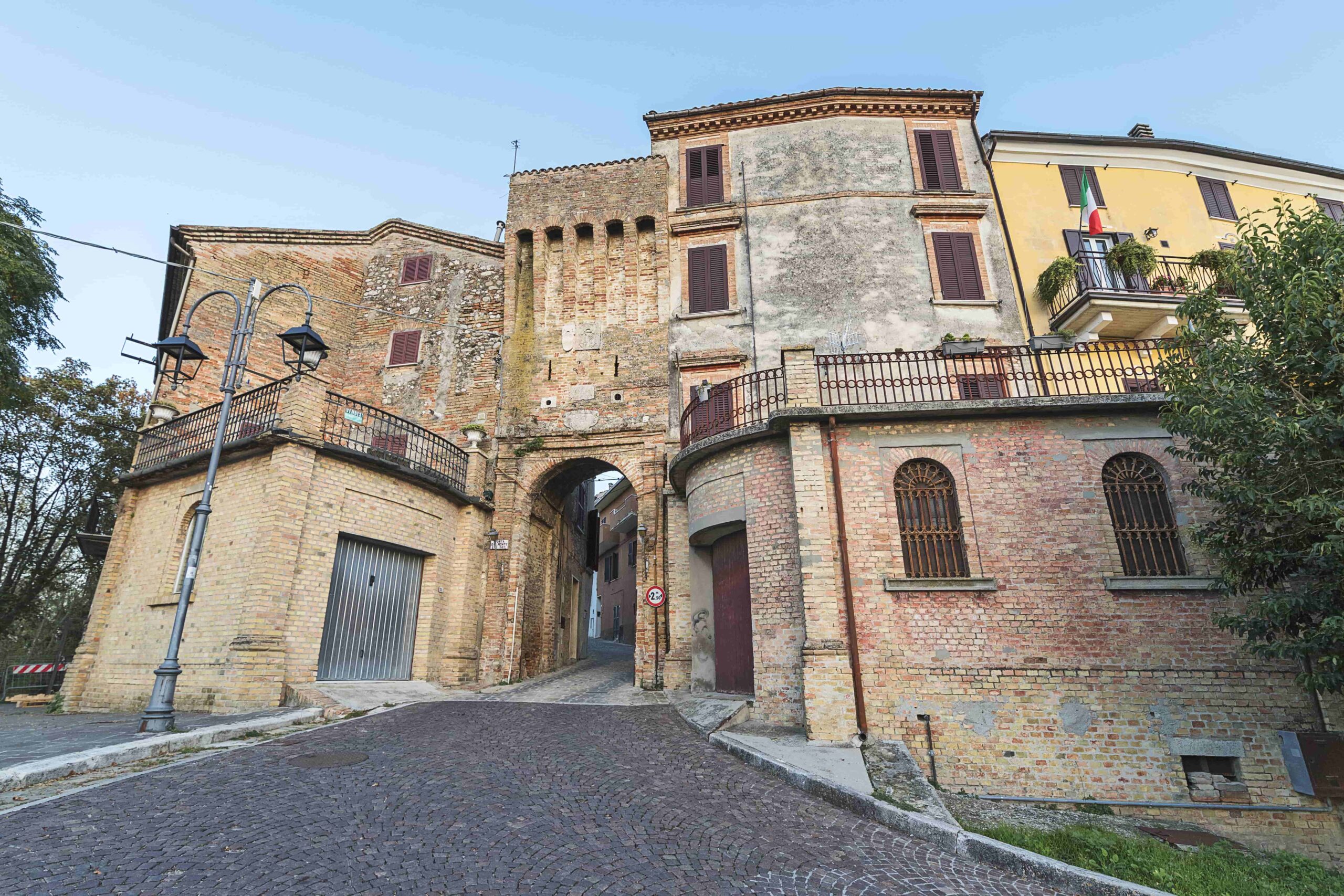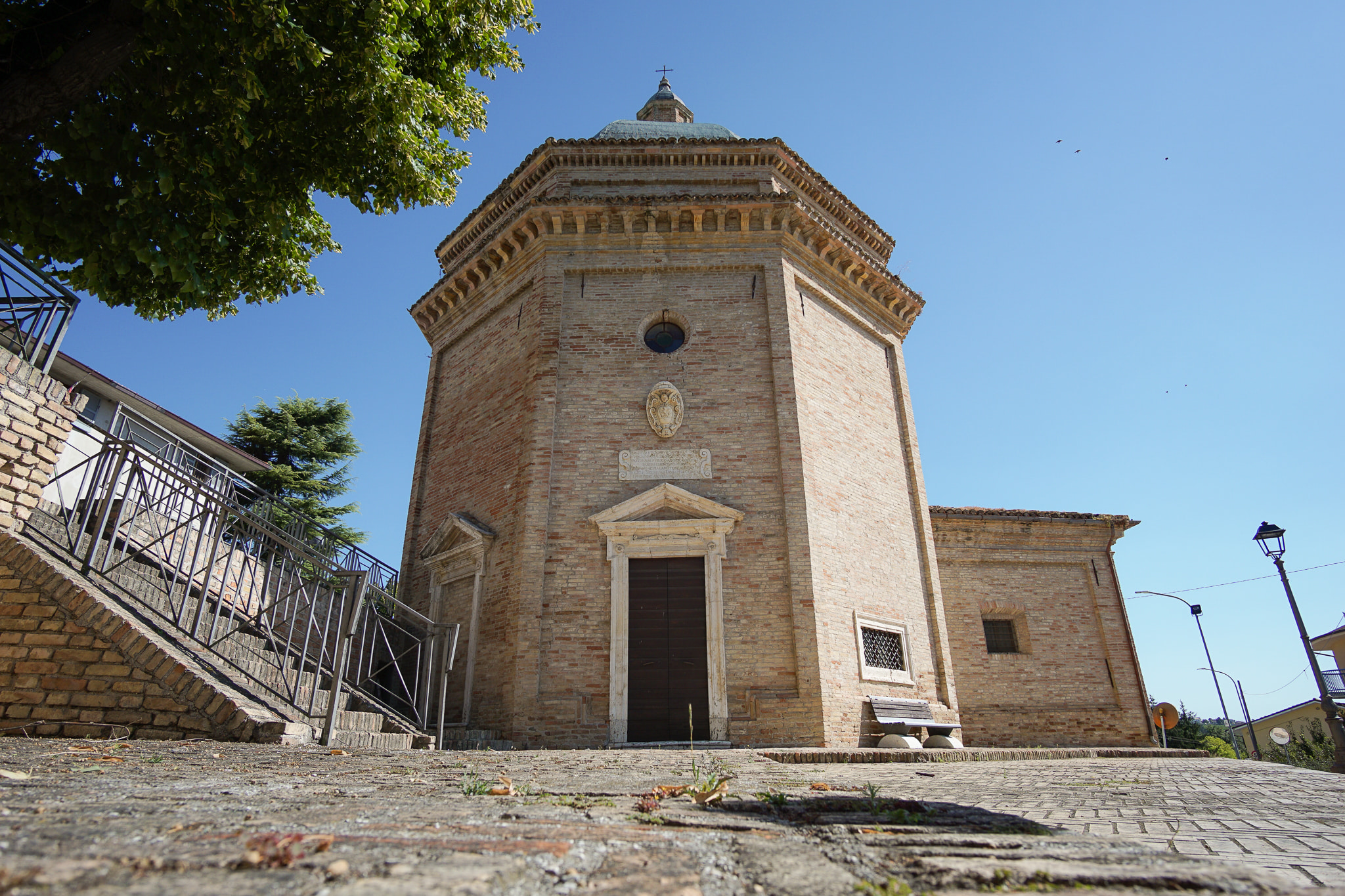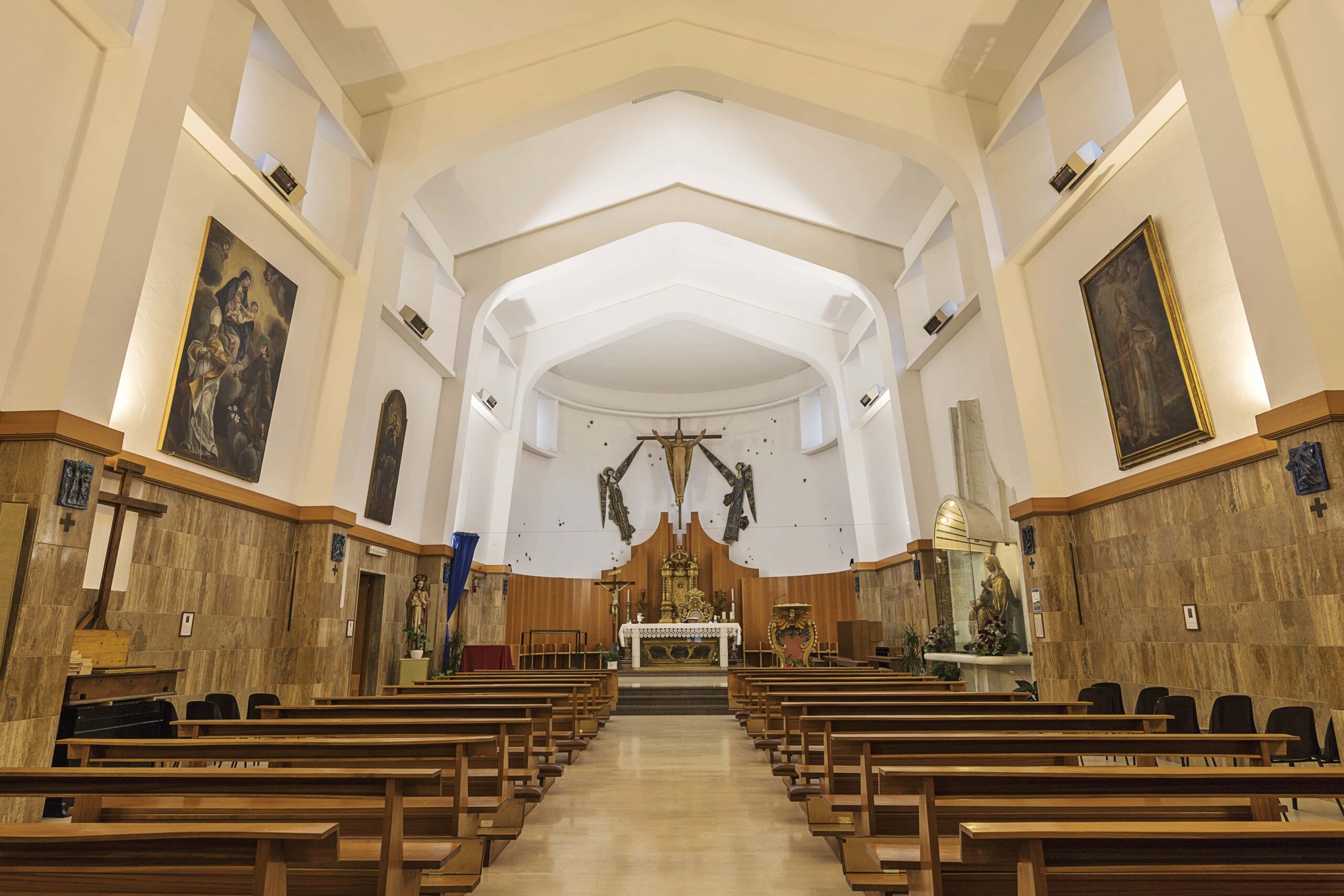The fortified village was dominated by Pepin’s Franks, who destroyed it; it was rebuilt by Charlemagne, then came under the control of the bishop of Ascoli Piceno until the Spanish conquered it.
The village can be accessed from three points: Porta da Mare, on the Adriatic side, characterised by an ogival arch in travertine; Porta da Monte, probably the main gate of the village, on the side of the Sibillini Mountains, the Laga Mountains and the Gran Sasso massif; Porta Nuova, built in 1904 in a private building to serve the houses within the walls with drinking water, and then turned to public use.
Whatever entrance you choose, head towards the central square: here you will find the remains of the bell tower of the ancient Church of St. Mary. The tower, built almost entirely of brick, was rebuilt after the 1703 earthquake, incorporating some 15th-century friezes from the decorations of the original church.
Strolling through the narrow streets of the village, observe the small 16th-17th century palaces: look at their small stone portals embellished with majolica tiles depicting saints or coats of arms and decorations on the keystones.
Just outside the ancient walls, the 17th-century brick Church of Our Lady of Mercy is worth a visit. With an octagonal plan surmounted by a segmented dome, ending in a lantern, it is characterised by an entrance with a large travertine portal with a flat lintel crowned by a tympanum.
The last unmissable “stop” is to taste traditional local dishes, in particular “li tailì de la Madonna”: long, thin noodles made with flour and eggs and cooked in a light meat broth, typical of the feast of Our Lady of Peace celebrated in October, on the Sunday closest to the 22nd.
According to legend, one night, the statue of the Virgin Mary was stolen. The thieves, at the edge of the village, decided to leave it in the bushes and return for it in a cart. An old woman saw the statue and tried to lift it: it became so light that she managed to carry it back to the church. The inhabitants of Ancarano, to thank her and give her refreshment, prepared this soup that has remained in the tradition of every family in the village.










